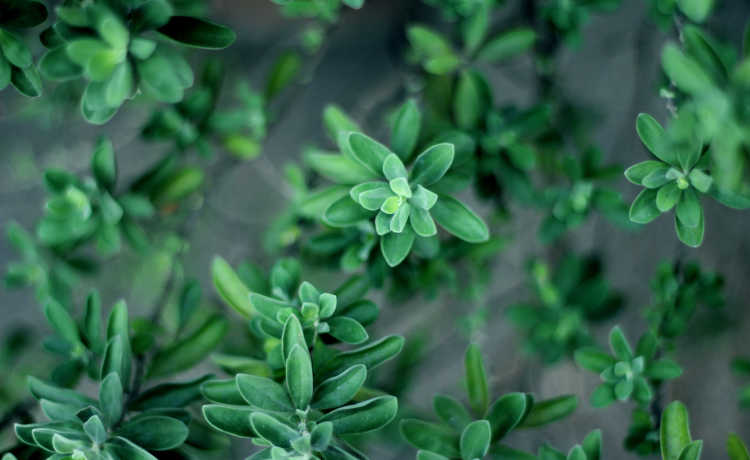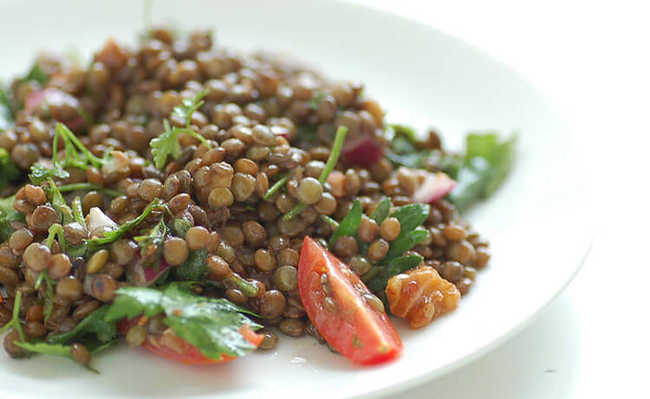Flavonoids: what they are and what are their benefits
Flavonoids are compounds present in foods such as fruits, vegetables and cereals. They have antioxidant, anti-inflammatory and can prevent disease

You've definitely consumed flavonoids out there, but do you know what they are? Also known as bioflavonoids, flavonoids are a class of phenolic compounds of natural origin, which have even been called vitamin P. They have a series of pharmacological properties acting on the human body, capable of bringing countless benefits to health - it already has knowledge of more than eight thousand substances in this group.
Benefits
Before we know where they are present, let's get to the benefits of compounds. Studies show the antioxidant capacity of flavonoids - they are able to react with various types of free radicals (which accelerate premature aging), thus forming stable compounds and slowing down cell aging. Mention may also be made of anti-inflammatory, vasodilating, analgesic, anticancer (see here research showing the importance of vegetable intake against cancer), anti-hepatotoxic, as well as antimicrobial and antiviral activities.
There is also research showing the inhibitory action of some flavonoids against a protease from the human immunodeficiency virus, HIV, which causes AIDS (which does not mean that flavonoids have preventive action against HIV - always use contraceptive methods).
Foods rich in flavonoids
There are several foods that are a source of these organic compounds. And the best part is that they are easily found in any market. Flavonoids are present in fruits such as grapes, strawberries, apples, pomegranates, blueberry, raspberry and others with a reddish color; in vegetables like broccoli, spinach, kale and onion; in cereals and seeds, such as nuts, soybeans, flaxseed; besides being found in beverages, such as red wine, teas, coffee and beer, and even in chocolate and honey. Whenever possible, so that you are not harmed by the persistent effects of pesticides and fertilizers, give preference to foods of organic origin.
The average content of flavonoids consumed daily is distributed as follows: 44 mg in cereals, 79 mg in potatoes, 45 mg in grains and nuts and 162 mg in vegetables and herbs, with quercetin being the most abundant and most representative type of flavonoid. About 95% of the total flavonoids ingested are quercetin - their main sources are onions (284-486 mg/kg), apples (21-72 mg/kg) and broccoli (30 mg/kg).
Daily intake recommendation
There is still no research that indicates exactly the total amount of flavonoids that should be ingested per person. This is due to the lack of data on its distribution in foods, but it is estimated that this amount varies between 26 mg to 1 g per day, which directly depends on the diet and consumption of specific sources. There is also no recommendation for daily consumption of these substances.
Flavonoids have already aroused interest in academia, becoming the subject of many studies, but there are still many features to be discovered behind these compounds.










